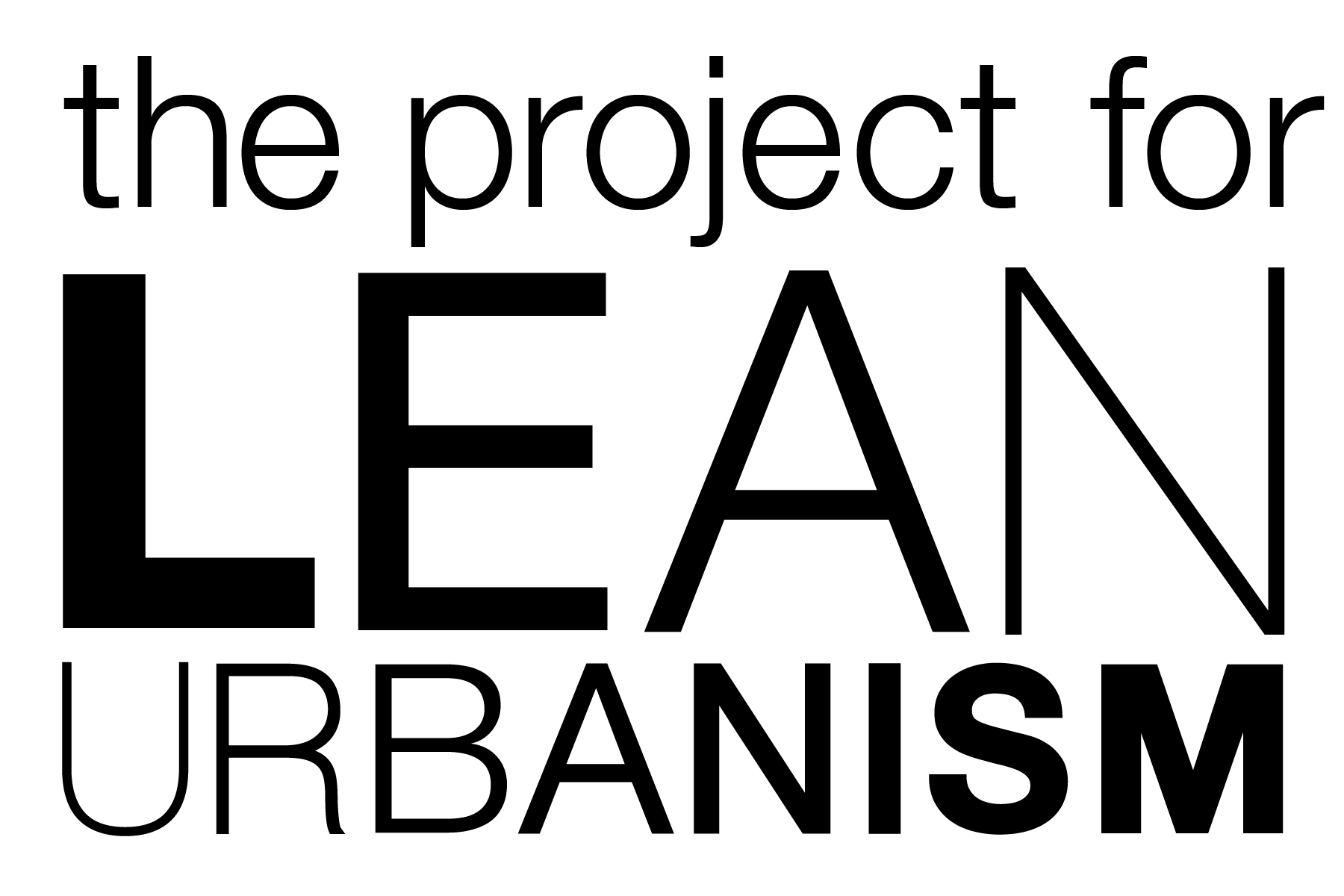The purpose of the Lean Code Tool is to repair zoning codes by removing barriers to small-scale, incremental development. Rather than rewriting entire codes, it focuses on targeted, strategic improvements, instructing experts and non-experts to identify the most common barriers and to repair the broken parts of their codes.
The Lean Code Tool begins with a focus on local capacity for change. It includes a Capacity Assessment Tool, which helps to determine whether the locality has the political support and staff capacity for minimal (S), moderate (M), significant (L), or progressive changes (XL). Issues are organized into categories, with a number of strategies offered for each issue. Strategies are labeled with the types of barriers they address, the contexts where they’re applied, and the capacity needed to implement them.
The goal for Lean code repair is not only revitalization, but also the creation of affordable neighborhoods. Lean Urbanism enables small developers, often residents themselves, to offer an array of lower-cost housing options for neighbors of varying income levels and stages of life. They also offer an array of commercial spaces, supporting local businesses. Lean Urbanism places particular emphasis on walkability. With streets that are pleasant and safe to walk, and with jobs and other daily needs accessible on foot, walkable places are not only more livable, but also help residents reduce transportation expenses, a major part of most household budgets.
When used for Urban Infill [Ui], with small lots and existing infrastructure, Lean Urbanism benefits municipalities by generating higher tax revenues and lowering costs of services. When used for Sprawl Repair [Sr], Lean Urbanism helps transform expensive sprawl into walkable, economically sustainable places.
Introduction
Learn about Lean Urbanism and how to enable it by making strategic repairs to your code.
- Procedures
Create processes that are efficient and encourage small-scale development. - Urban Form
Set reasonable standards to enable affordable, walkable places and build capacity for more substantial code reform over time. - Site Development
Allow infill on more sites and increase safety and walkability. - Parking
Reduce barriers to walkability and economically viable development. - Use and Density
Clarify the code, allow uses that contribute to good places, and employ proper controls. - Signage
Reduce the complications of sign ordinances. - Transportation
Set standards that reduce expenses for small projects and create streets that make good places.



